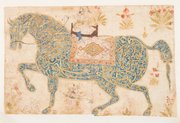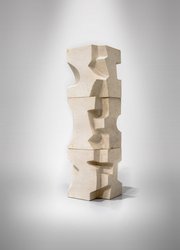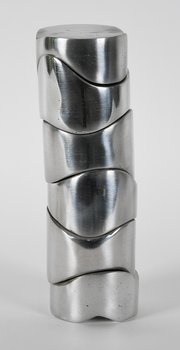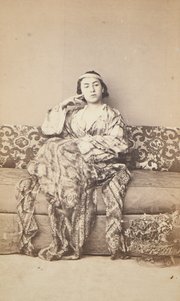
The Kevorkian Hyderabad Carpet
Museum of Islamic Art
- Title:
- The Kevorkian Hyderabad Carpet
- Production place:
- Hyderabad
- Date:
- 1600 - 1699
- Period:
- Deccan Sultanates
- Title:
- The Kevorkian Hyderabad Carpet
- Production place:
- Hyderabad
- Date:
- 1600 - 1699
- Period:
- Deccan Sultanates
- Material:
- Wool, Cotton
- Technique:
- Weaving
- Dimensions:
- 1568 × 328
This carpet is known as the “Kervorkian Hyderabad Carpet” due to the fact that it was owned by Hagop Kervorkian, who was a famous Islamic art dealer and collector. This wool and cotton pile-woven carpet is nearly sixteen metres long and might have been created for the palaces of the Deccani sultans who ruled in Hyderabad during the 11th century AH / 17th century CE. This carpet, which symbolizes the tradition of paradisical iconography in Islamic art, features a garden composition that includes geometric lozenges with a variety of vegetal motifs arranged in a mirrored composition. At the centre, a polylobed shape represents an abstracted fish pond decorated with multi-coloured fish. The rug presents a reach palette of colours (yellow, brown, blue and green) with a majority of vivid red, characteristic of that production. The border, which recalls manuscripts illuminations of the same period, is also highly decorated with repeated polychromic arabesque cartouches and foliated motifs. Carpet production in India during the Mughal period and the Deccan sultanate, especially during the 11th century AH / 17th century CE, demonstrate the transfer of motifs and patterns from the cultural and commercial exchange with Iran, the Middle-East and Europe.



